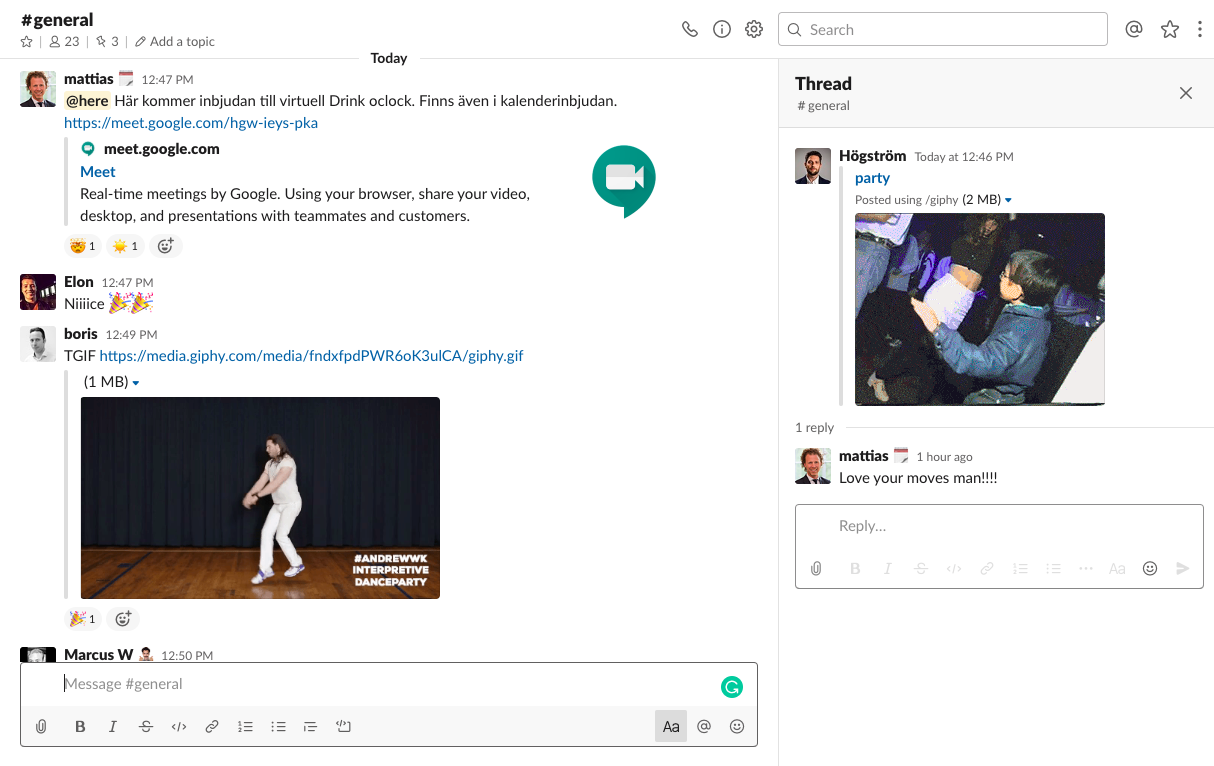Remote work has been here for a while, and it keeps revolutionizing the way we work. With the ongoing coronavirus situation, remote work has never been more relevant. Let’s bust the 3 most common myths about remote work and give you our best tips and tools that have helped us at Learnifier to be productive, agile, and connected when working from home.
Technology has advanced such that embracing remote work is no longer challenging tool wise. However, it requires different considerations for collaboration and communication, but it doesn’t have to be a lower quality work experience or less productivity.
Let’s start by busting a few common myths. As highlighted by Trello in their e-guide “How to embrace remote work” some companies might be fighting off these 3 myths:
Myth #1: Remote workers are slackers
Not sure how wildly spread this perception is. But surely, there could be some managers that doubt if anything really gets done when they can’t see people working at the office. This really has nothing to do with where your employee sits. Rather, it has everything to do with clear expectations, goals, deliverables, and deadlines. So make sure everybody understands what they are responsible for and when to deliver. If you’re like us at Learnifier you want to build an organization built on trust and collaboration and rely on teams being productive anywhere.
Myth #2: It is up to the remote worker to constantly prove they are working
Just the word “prove” is a big turn-off as it already indicates an underlying doubt. Again, we are back to talk about trust and clarity as vital keys to make remote work a success. Instead, let’s turn it around and focus on sharing. Make your work visible so that it adds value to the right people at the right time.
Myth #3: Remote work means company culture suffer
Well, we can see why some would have concerns here. It is true that there might be less in-person camaraderie during lunch breaks or casual chitchats, but there are other channels that can add to the connectedness and create informal ‘hang-outs’. For instance, video meeting tools are essential for building relationships with others. You can set up team-building activities over video that play into the strengths of remote work, like sharing your office view or introducing your dog to your coworker’s cat and watching the furry friendship unfold. Got other fun ideas, please send them over.
So, what does great remote teamwork look like?
First of all, it looks ‘happier’. According to the video conferencing company Owl Labs who surveyed 1,200 U.S. workers between the ages of 22 and 65, employees who regularly work remotely are happier and stay with their companies longer than on-site employees.
At Learnifier, we love our office and see great value in being in the same room in order to collab face-to-face or pop in for a quick question (no knocking needed, we sit in an open office landscape). At the same time, the flexibility to work remotely, from home or a cafe, is really appreciated - even though not practiced every day.
The 3 C’s: Cloud, Chat, Connection
So, what does it take to create great remote (team) work? If ask us, it takes 3 key ingredients assuming you already have a great team:
- Cloud: A good handful of cloud-based tools gets you and your team access from everywhere. We chose this setup from day 1 and thanks to this it is technically uncomplicated to chose to shut down the office and work from home.
- Chat: We couldn’t live without our Chat with key channels and direct messages. It has not only become the mood board of the day with a myriad of funny gifs, celebrating comments, and emojis. It also serves as the quickest way to find answers to questions, ask for insights, inform others, etc. Additionally, it goes everybody a chance to be available to their fellow co-workers and respond quickly.
- Connection: Make sure you truly connect and communicate directly with people, if not in person once and while then by video. If you are a group of several people connecting, make sure you are all connecting virtually with video to create equal conditions to participate and be heard/seen.
Here are the Key tools we all use every day to make remote work life easier
Google drive
Drive helps teams move faster with collaboration tools like Docs, Sheets, and Slides—all on a secure cloud-based platform that makes it easy for you to share, store, and access files. The cool thing about Google Drive is that it lets you make comments, suggestions, and tag email addresses to files you share with your team. And, by choosing to get email notifications about these updates, you can make sure you're up-to-date with any changes made to your documents without needing to open the app.
Slack
Slack is the reigning powerhouse in the chat tools field and has proven to be an engaging and fun-to-use tool for team communication, especially for remote teams. “Social” features like emoji reactions and GIPHY integrations are a positive way for remote companies to communicate more naturally. Communicating via Slack channels is also an important way to ensure no decisions are ever lost.
Google Meet / Zoom
It is more or less a tie between Zoom and Google Meet. We love to use both, and most of our customers really appreciate connecting via a cloud-based tool that is hassle-free to activate. The “gallery view” where you see all participants is a must for remote meetings. You can also use the chat tool within meetings to establish a "peanut gallery" of running commentary and reactions while information is being presented.
Learnifier for onboarding and continued learning
Learnifier is a powerful yet simple tool to create amazing learning experiences like employee onboarding, digital courses, virtual training, and an online academy. Based on drag-n-drop features it is easy to build your online course in minutes. We use it for both our employee preboarding and ongoing training - and to be honest, we are probably the biggest fans of the built-in video editor, the virtual/webinar option, and automated communication that saves time and effort.
The biggest challenge we experience right now is how to digitize our end-of-week “drink o’clock”. It is our social gathering where we round off the week with a quiz, laugh, and a drink. We will keep you posted on that challenge. This problem could very well have been solved (via Slack) as we write/read! 😀

.png?width=153&height=58&name=Learnifier%20TextLogo%20NearBlack%20-%20PNG%20MEDIUM%20-%20800px%20(2).png)






